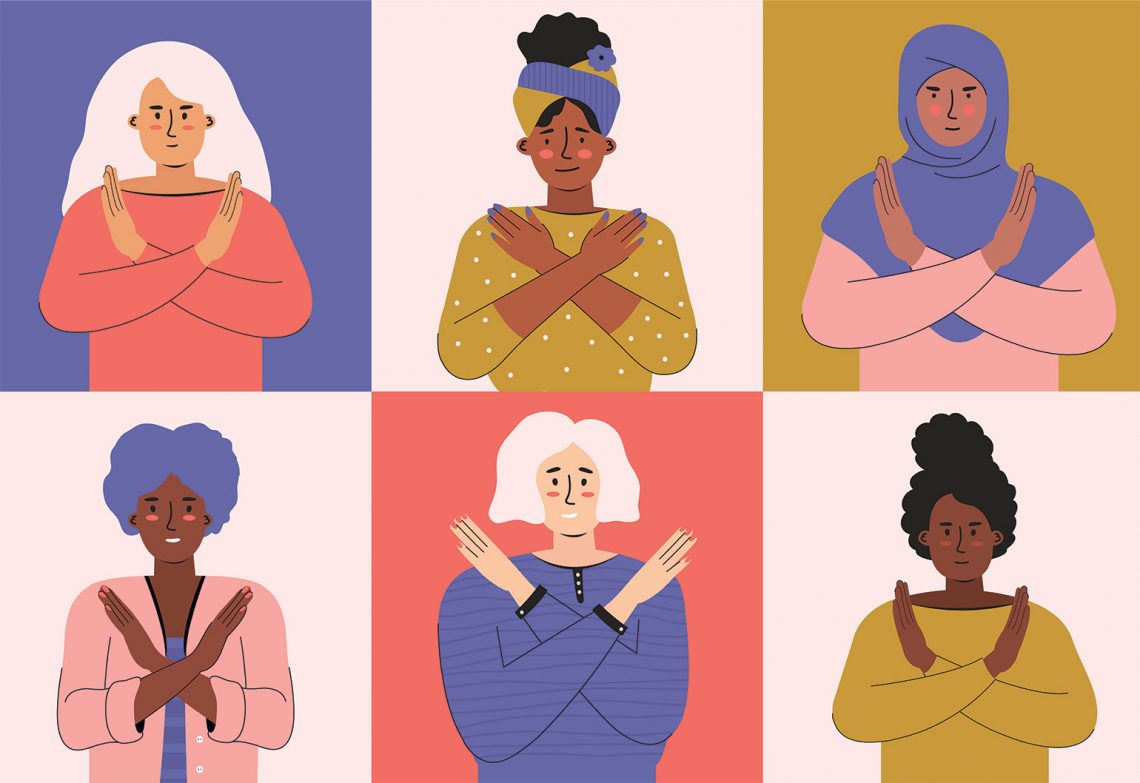To mark International Women’s Day, Engineers Australia CEO Dr Bronwyn Evans AM HonFIEAust CPEng shares why it’s so important for the engineering profession to #BreakTheBias and strive for the equal representation of women.
Let’s have an uncomfortable conversation. Engineering has long been the silent profession, but we can’t afford to be silent any longer when one of the most pressing issues affecting our capacity and capability is a relatively easy fix. Compared with climate change, anyway.
Engineering is facing a skills shortage. Current estimates call for at least an extra 100,000 engineers Australia-wide to cover proposed projects out to 2030. This is in an era when we’re barely generating enough graduates to replace those who are retiring from the profession.
This is significant, but shocking when examined in a context where only 11.2 per cent of working engineers in Australia are women. Here is the problem, but this statistic doesn’t capture the extent of the issue we’ve allowed to grow right under our noses.
While women are under-represented in engineering, they are also under-represented in the design of the infrastructure that serves us, the innovations that protect us, and the advances that propel us into the future. We need to break the bias that keeps women out of the field.
Failure to give equal representation to women in engineering fails us as a society, both because we miss out on half the latent expertise in our population and because we don’t understand the specific requirements of half the population. Society is roughly 50 per cent female but engineering teams are only 11.2 per cent female. See the problem?
Ridiculous situations exist, like the small number of women’s toilets at footy stadiums giving rise to queues that wind out the door and around the concourse — all because of ill-informed design decisions.
These shortcomings in design are just one example. The same flaw comes to light in many areas of design and technology. Imagine, being satisfied with buildings and utilities and healthcare and transport which are only half effective, half safe, half efficient, half acceptable. But we are, and have been for generations. As engineers, this is our own problem to fix. To address unconscious bias, we must first acknowledge that we have it.
Equal representation of women in engineering is the only way to resolve this problem. It will go a long way towards meeting Australia’s need for vastly greater numbers of qualified engineers if we are to fulfil our ambitious development targets over the next decade. We are the worst performing STEM profession for female participation but we are the largest employer of the STEM professions. The time for action is now, to stop us still having this conversation in another 20 years.
There are tools the profession can use right now to break the bias, including pay gap analysis, parental leave, flexible work for all, removing names and gender from job applications, ensuring gender equal recruitment panels, and setting targets for gender representation. Engineers Australia is working on research to identify the key motivators and interaction points that influence young women to study engineering. We will take the results to industry and government to increase activity in those areas.
Engineering sits at the point where art meets science. Engineers are designers, creatives, innovators and leaders; all titles that fit women as equally well as men. Our profession has a hand in everything we use, live in, consume and experience, and will be a key driver of the push into an economy built on renewables and sustainable living.
There are girls in primary school right now who will be our next generation of engineers. It is these women of the future who will take the profession into a new era and give society the adequate standards of design, utility and safety it deserves.
We won’t stay silent. Engineering needs women and women need engineering. Break the bias.




People should aspire, without restriction, to whatever profession, trade or other career/work future to which they aspire. Professions, like engineering, must require high educational standards to qualify and practice professionally and reward/acknowledge such professionals based on competence and, particularly, merit.
If we are to support and encourage all people, then enough of this constant affirmative action and differential gender based analysis. I, and so many of my colleagues (including women), have noticed the social engineering agenda that appears to have captured Engineers Australia in recent years under the current executives’ tenure.
We all look forward to Engineers Australia returning to a true and proper focus and being a home of professional standards representing specialized, advanced, complex problem solving and creative professionals. And not one constantly distracted by soft science and social engineering agendas that appear to have been continually pursued by Dr Evans and others at Engineers Australia.
Well said Ian.
I support women in engineering. Let them compete with the men on an equal footing, based on their merits.
I wholeheartedly support Dr Evans’ contention that we need more women in Engineering. In my experience tapping into talented women brings skills and insights to enable sound engineering solutions that serve our communities, our country and our world.